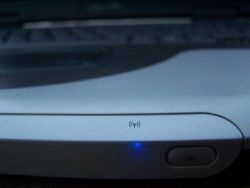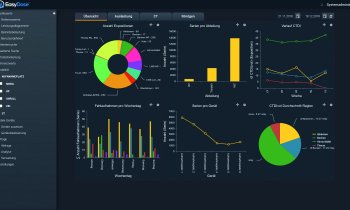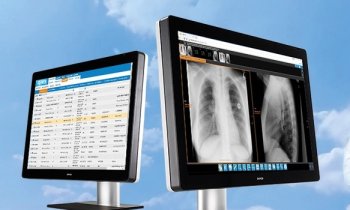Wireless technology in healthcare: a multidimensional evolution
Healthcare in Europe is increasingly becoming digitised and there is growing need to develop and deploy sophisticated information systems. However, the wireless technology that is transforming various areas of business today is yet to be fully explored by the healthcare industry to support quality maintenance and improved efficiency.

New analysis from Frost & Sullivan, finds that the total mobile/wireless technologies market in Europe during 2008 was $1479.2 million and is estimated to reach $6,791.7 million in 2015.
"Owing to the financial crunch, the healthcare industry in Europe is finding ways to curtail costs and increase the efficiency of healthcare delivery through wireless technology," notes Frost & Sullivan Research Analyst Jayapradha T. E. "The healthcare industry can no longer be complacent towards wireless technology due to the escalating costs and regulations; wireless technology is increasingly being employed in hospitals along with wires and semi-wired devices."
Every department has to work closely with its counterparts in the IT department to ensure smooth workflows. The integration of central stations and electronic medical records (EMRs), the expansion of wireless patient monitoring in sync with biomedical, administrative and labs as well as other departments with IT requirements often poses a challenge.
"One of the major issues that hospitals face today is developing a strong cross-functional team among the various departments and IT to manage existing and emerging wireless technologies," cautions Jayapradha. "There is an absence of well-structured healthcare organisations that can seamlessly integrate their departments."
More solutions between various departments can be supported by adopting a strategy that allows for the flexibility of accepting new technologies, upgrades and expansions without challenging technology integrity. Through innovative product development and repositioning of current wireless technologies, the industry can raise the expectation of the end users and redefine their perspectives to create new market opportunities.
"As different types of wireless technologies are introduced into the healthcare market, the need for a comprehensive wireless business and technology strategy is evident," comments Jayapradha "This strategy must be devised in a manner that supports all applications."
Mobile/Wireless Healthcare Technologies in Europe is part of the Healthcare & Life Sciences IT Growth Partnership Service programme, which also includes research in the following markets: European Medical Equipment Services Market, European market for Medical Display Monitors, Archiving Requirements for Image Management and European PACS Market. All research included in subscriptions provide detailed market opportunities and industry trends that have been evaluated following extensive interviews with market participants.
Picture: © setcookie / PIXELIO
29.07.2009











